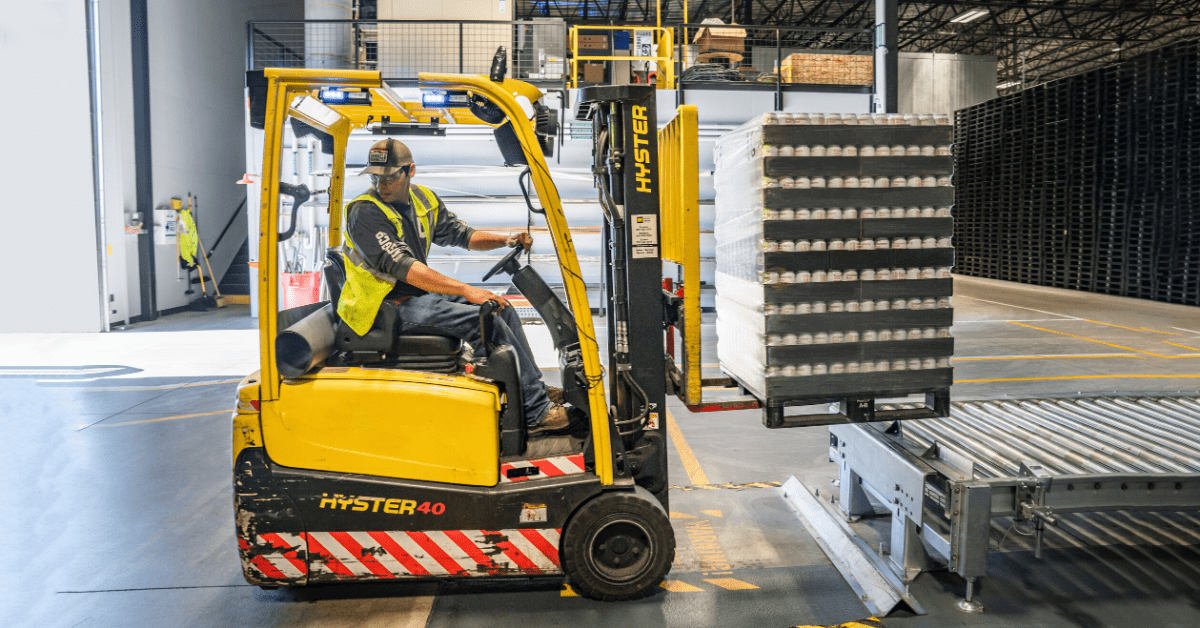Of all the variables in transportation, which ones do shippers evaluate most often? The answer is the mode, but not just in terms of a statistical value. To find cost-savings and increase service levels, leading shippers routinely evaluate transportation modes.
The evaluation starts by analyzing freight characteristics. Weights, cube dimensions, distances, rates and transit times all factor into selecting the best mode combination for each lane. As the variables change, modal strategies must adjust to the new realities for each lane in a transportation network.
Many shippers already use transportation management systems (TMS) with features that optimize mode selection in the daily workflow of load planning and execution. However, a TMS is not equipped to perform more complex “what-if” scenario analyses and lacks visibility into accurate, current market rates to assess alternative costs and make strategic decisions.
Analytics provide shippers the visibility they need to strategically evaluate three types of cost-saving scenarios: LTL consolidation, truckload to LTL, and truckload to intermodal conversion.
Put rate analytics to work for your transportation team with DAT iQ.

1. LTL consolidation
Many TMS platforms have algorithms that automatically identify LTL shipments that have the right freight characteristics to combine and consolidate into multi-stop truckloads. The calculations balance cost savings with service constraints to find solutions that are challenging to identify manually.
Shipments with small-to-medium cubic volumes and lower weights (typically 10,000 to 15,000) pounds are ideal for consolidating to a multi-stop truckload. In many cases, depending on market rates, the breakeven point for truckload versus LTL will be 10,000 pounds.
Shippers that use analytics get an accurate and relevant view of past, present, and future LTL and truckload rates to manage costs and support carrier negotiations. Rate analytics can also include factors that increase truckload rates, such as shipments with accessorial stop-off fees. Truckload carriers may also set higher line haul rates for multi-stop shipments or avoid them altogether.
In cases where the savings from doing a multi-stop truckload versus separate LTL shipments is minimal, shippers may want to consider how truckload shipments typically offer greater control over delivery schedules. Truckload shipments are single point-to-point connections, whereas LTL shipments are picked up, routed through a service center for line haul, and then unloaded at a destination service center and onto a delivery vehicle—extra steps that add to LTL delivery times and overall freight complexity.
2. Truckload to LTL
LTL consolidation is not always the optimal modal choice. In some instances it may be more costly to ship two orders on a truckload with two delivery stops than shipping the orders separately via LTL. Identifying exceptions to the rule can be difficult unless shippers have visibility into current market rates to analyze mode selection at a tactical and strategic level.
On-time and in-full (OTIF) requirements add another dimension to load planning decisions. A shipper may need to analyze relative costs and manually plan shipments for a customer with an on time and in full (OTIF) policy that prioritizes on-time deliveries over in-full truckloads. The shipper may determine they need to convert truckload shipments to LTL in certain lanes to meet the customer’s on-time requirements (at the expense of an in-full shipment).
3. Truckload to intermodal
Identifying cost-savings from converting truckload to intermodal shipments could be the easiest of all three modal scenarios. Lanes best suited for moving truckload shipments on rail, with container on flat car (COFC) or trailer on flat car (TOFC) options, will be high volume and long-distance moves between internal facilities, such as a warehouse and DC, with flexible service times.
Intermodal offers significant savings on truckload line haul and fuel surcharges. Because of slower transit times, intermodal has limited value in lanes under 500 miles. Above this distance, the service schedules tend to balance out with truckload: rail moves more slowly than truckload, but unlike truck drivers, train engineers do not need hours-of-service rest breaks during long transits.
Analytics can help shippers gain clear visibility of intermodal rates for lanes that match the right operational profile. Without visibility into intermodal rates, a shipper would need to ask an intermodal carrier directly for a quote, but a one-off quote does not accurately reflect market pricing.
Once shippers identify lanes that are suitable for truckload to intermodal changes, they can use rate analytics to negotiate contract rates with the appropriate carriers and eventually input the rates into their TMS for daily planning and execution.
Tools for strategic optimization
Rate analytics that provide accurate market data and reporting tools make it possible for shippers to compare and benchmark cost and performance of current modal strategies with cost-saving alternatives, down to the lane and carrier level.
Using analytics on rates, capacity, market and performance helps shippers more successfully execute transportation modal strategies and support key business goals.
To learn more about using rate analytics and reporting tools to optimize transportation modes, talk to an expert at DAT by visiting www.dat.com/shipperiq


